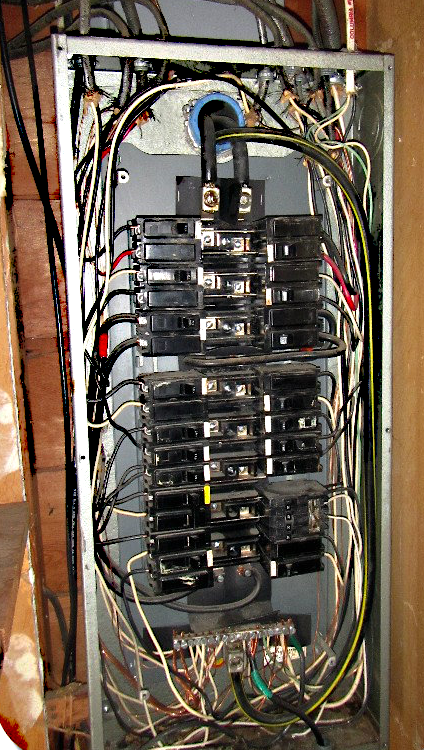Several sections of the Philippine Electrical Code relate to proper overcurrent protection. Safe and reliable application of overcurrent protective devices based on these sections mandate that a short circuit study and a selective coordination study be conducted.
These sections include, among others:
1. Interrupting Rating
1.10.1.9 Interrupting Rating. Equipment intended to interrupt current at fault levels shall have an interrupting rating at nominal circuit voltage at least equal to the current that is available at the line terminals of the equipment.
Equipment intended to interrupt current at other than fault levels shall have an interrupting rating at nominal circuit voltage at least equal to the current that must be interrupted.
2. Short-Circuit Current Ratings
1.10.1.10 Circuit Impedance, Short-Circuit Current Ratings, and Other Characteristics. The overcurrent protective devices, the total impedance, the equipment short-circuit current ratings, and other characteristics of the circuit to be protected shall be selected and coordinated to permit the circuit protective devices used to clear a fault to do so without extensive damage to the electrical equipment of the circuit. This fault shall be assumed to be either between two or more of the circuit conductors or between any circuit conductor and the equipment grounding conductor(s) permitted in 2.50.6.9. Listed equipment applied in accordance with their listing shall be considered to meet the requirements of this section.
3. Overcurrent Protection
2.40.1. Scope. Parts 2.40.1 through 2.40.7 of this article provide the general requirements for overcurrent protection and overcurrent protective devices not more than 1000 volts, nominal. Part 2.40.8 covers overcurrent protection for those portions of supervised industrial installations operating at voltages of not more than 1000 volts, nominal. Part 2.40.9 covers overcurrent protection over 1000 volts, nominal.
FPN: Overcurrent protection for conductors and equipment is provided to open the circuit if the current reaches a value that will cause an excessive or dangerous temperature in conductors or conductor insulation. See also 1.10.1.9 for requirements for interrupting ratings and 1.10.1.10 for requirements for protection against fault currents.
4. Health Care Facilities - Selective Coordination
517.2.8(C) Selectivity. Ground-fault protection for operation of the service and feeder disconnecting means shall be fully selective such that the feeder device, but not the service device, shall open on ground faults on the load side of the feeder device. Separation of ground-fault protection time-current characteris‐ tics shall conform to manufacturer’s recommendations and shall consider all required tolerances and disconnect operating time to achieve 100 percent selectivity.
FPN: See 2.30.7.6, informational note, for transfer of alternate source where ground-fault protection is applied.
Compliance
Compliance with these code sections can best be accomplished by conducting a short circuit study and a selective coordination study.
The protection for an electrical system should not only be safe under all service conditions but, to insure continuity of service, it should be selectively coordinated as well. A coordinated system is one where only the faulted circuit is isolated without disturbing any other part of the system. Overcurrent protection devices should also provide short- circuit as well as overload protection for system components, such as bus, wire, motor controllers, etc. To obtain reliable, coordinated operation and assure that system components are protected from damage, it is necessary to first calculate the available fault current at various critical points in the electrical system. Once the short-circuit levels are determined, the engineer can specify proper interrupting rating require- ments, selectively coordinate the system and provide component protection.
Short Circuit Calculations should be done at all critical points in the system.
These would include:
- Service Entrance
- Panel Boards
- Motor Control Centers
- Motor Starters
- Transfer Switches
- Load Centers
Normally, short circuit studies involve calculating a bolted 3-phase fault condition. This can be characterized as all three phases "bolted" together to create a zero impedance connection. This establishes a "worst case" condition, that results in maximum thermal and mechanical stress in the system. From this calculation, other types of fault conditions can be obtained.
A simplified method of short-circuit calculation can be downloaded here.

